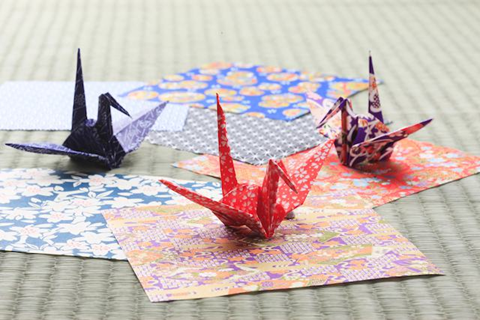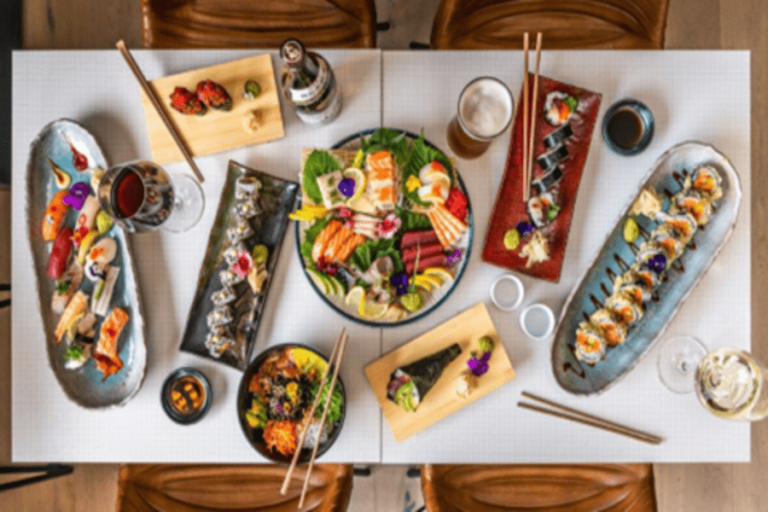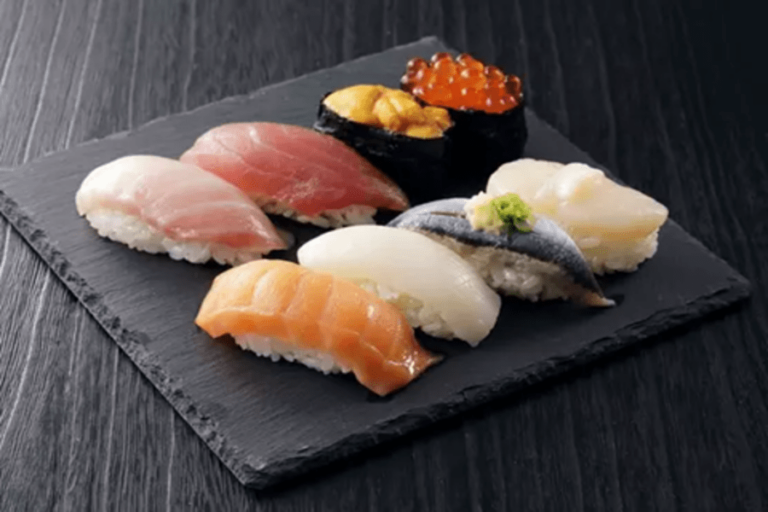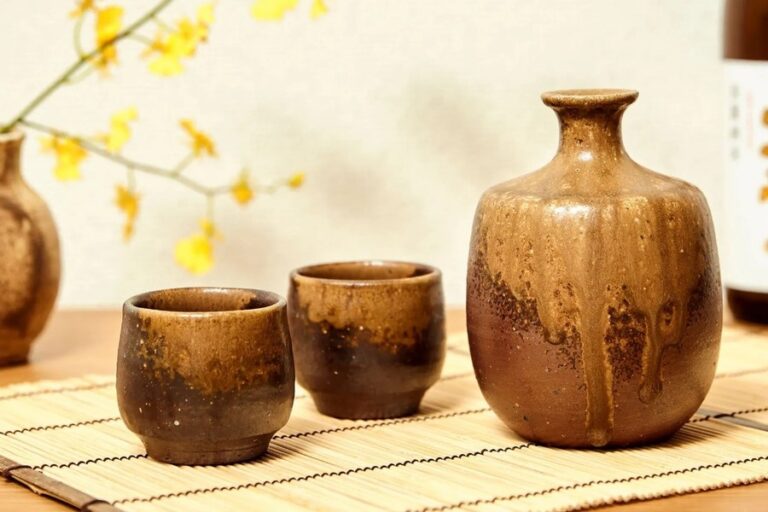Japan, a nation rich in cultural heritage and artistic expression, boasts a diverse array of traditional and contemporary arts that captivate the world. From centuries-old practices rooted in history to avant-garde creations pushing the boundaries of innovation, Japanese arts weave a tapestry of creativity. In this exploration, we embark on a journey through the most popular Japanese arts, each a masterpiece that reflects the nation’s spirit, tradition, and ingenuity.
Ikebana: The Art of Floral Arrangement:
Ikebana, the Japanese art of flower arrangement, goes beyond mere decoration. It is a spiritual practice that emphasizes harmony, balance, and simplicity. Ikebana practitioners, known as “ikebanists,” create exquisite floral compositions that reflect the changing seasons, incorporating elements such as line, balance, and harmony.
Sumi-e: Ink Painting Mastery:
Sumi-e, or Japanese ink painting, is an art form that captures the essence of the subject with minimal brush strokes. Rooted in Zen philosophy, sumi-e focuses on expressing the spirit of the subject rather than its physical appearance. Monochrome landscapes, animals, and calligraphy are common themes in this evocative art form.
Ukiyo-e: Woodblock Printing Legacy:
Ukiyo-e, or “pictures of the floating world,” flourished during the Edo period. These woodblock prints depict scenes of kabuki actors, beautiful landscapes, and captivating portraits of courtesans. The intricate details and vibrant colors of ukiyo-e have left an indelible mark on both traditional and contemporary art.
Noh and Kabuki: Traditional Theater Arts:
Noh and Kabuki are two distinct forms of traditional Japanese theater. Noh, characterized by slow, stylized movements and haunting masks, explores profound themes often derived from classical literature. Kabuki, on the other hand, is a more vibrant and energetic form of theater known for its elaborate costumes, dramatic makeup, and dynamic performances.
Bonsai: Miniature Masterpieces:
Bonsai, the art of cultivating miniature trees, is a testament to the Japanese appreciation for nature. Bonsai trees, meticulously pruned and shaped, embody the beauty of the natural world in a confined space. This living art form requires patience, skill, and a deep understanding of horticulture.
Noren: Textile Dividers with Artistry:
Noren are traditional Japanese fabric dividers, often used in doorways or shop entrances. These textile pieces are not only functional but also feature intricate designs, patterns, and even calligraphy. Noren serve as a canvas for artistic expression, embodying a fusion of utility and aesthetics.
Origami: The Art of Paper Folding:
Origami, the ancient art of paper folding, transforms a single sheet of paper into intricate sculptures and delicate forms. From cranes to complex geometric shapes, origami is both a meditative practice and a showcase of precision. The simplicity of paper becomes a medium for limitless creativity.
Manga and Anime: Global Cultural Phenomena:
Manga and anime have evolved into cultural powerhouses that transcend national borders. Manga, Japanese comic books, showcase diverse genres and artistic styles, while anime, animated TV shows and films, bring captivating stories to life with vibrant visuals. Both mediums have become integral to global pop culture.
Conclusion: Bridging Tradition and Innovation
Japan’s most popular arts are a testament to the nation’s ability to bridge tradition and innovation seamlessly. Whether it’s the delicate strokes of sumi-e, the dynamic performances of Kabuki, or the modern allure of manga and anime, each art form contributes to a vibrant cultural landscape that continues to inspire and captivate audiences worldwide. As we explore these masterpieces, we witness the enduring legacy of Japan’s artistic ingenuity—a legacy that transcends time and invites us to delve into the heart of Japanese creativity.







